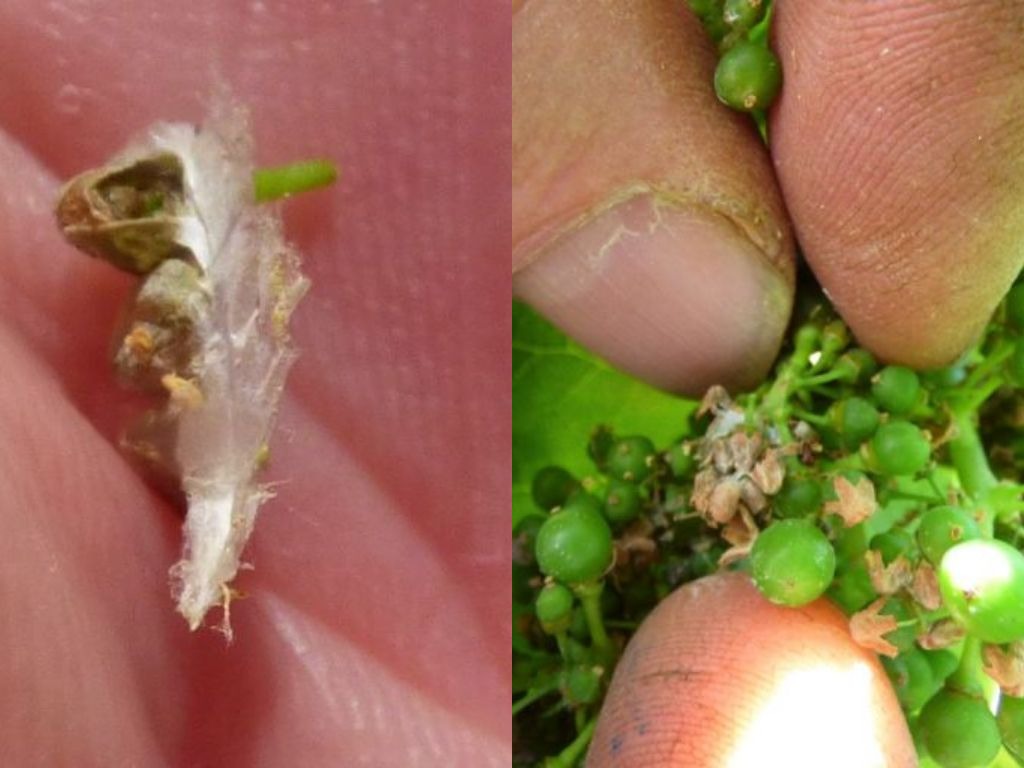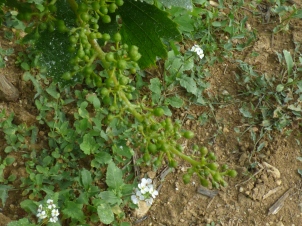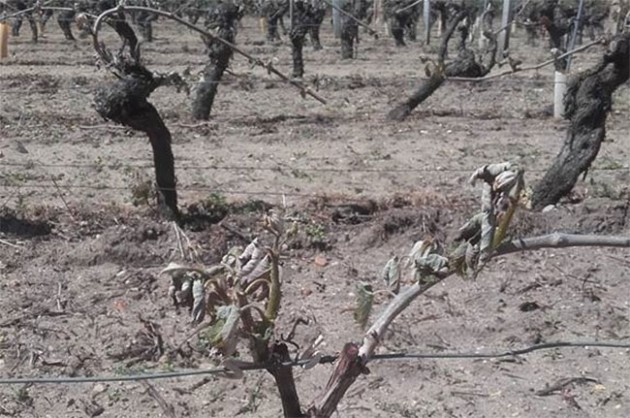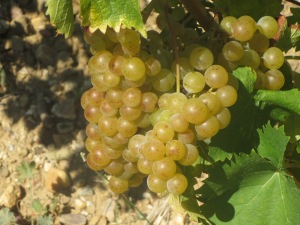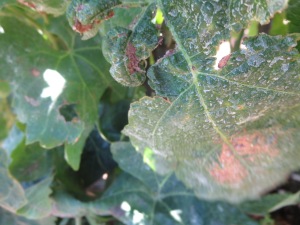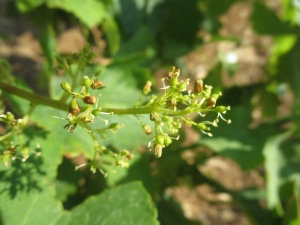When I first became interested in wine vintages were one of the mysteries which intrigued and infuriated in equal measure. Back in the 80s and 90s Bordeaux and Burgundy ruled the world of wine (plus ca change) and anyone wanting to buy such wines looked at vintage reports, vintage charts and vintage prices to research which wines to seek out. A 1989 or 1990 Bordeaux (my first venture into en primeur purchases) was superior to a 1987 or 1994 simply because of the weather in those years. Things have changed.
Climate change is an obvious cause, it is a rare year now where grapes don’t ripen in cool conditions. Indeed we are in a situation where Bordeaux now allows different grapes, such as this blog’s favourite Castets, to temper the (over)ripe Cabernet and Merlot. Burgundy producers worry about the future of Pinot Noir in their region, a grape which now thrives in cooler Alsace and Germany for example.
Better winemaking and vineyard care are the other major reasons why wines tend to be more consistent year on year. Science, technology and the education of new generations of winemakers mean that vines are given cover crops, different canopy systems, grapes are fermented cooler or longer or on skins more than they used to be. Winemakers through skill (and maybe some artifice) are able to smooth out those vintage chart curves, very few years would now be as scorned as those 87s.
For Jeff Coutelou in the hot Languedoc you’d assume that vintages weren’t that important either. There is hot sunshine every year, grapes ripen ready for harvesting by early September. But there subtle differences, sometimes less subtle. 2017 had a big outbreak of mildew, 2019 saw temperatures reach 45c (I remember it well). Those 2019 grapes were actually harvested in prime condition, the best of any of the seven vintages I have helped with, as good as any Jeff can recall. There was little sorting to do. Yet, those grapes proved difficult in the cellar, fermentations slowed and got stuck, not all but many. The fermentations were not completed until the temperatures picked up again in the Spring of 2020. Was that a product of the overheating of the previous summer?
Every year is different. Similar problems arise due to climate and disease, drought, mildew, oidium, ver de la grappe. The scale of those issues varies though and in different vineyards. The Grenache of La Garrigue was badly hit in 2020 and produced tiny yields. This year when most vineyards suffered that Grenache was beautiful and abundant. Such vagaries are what keeps a vigneron on her/his toes. What quantities of wine will there be from each vineyard? Will there be some outstanding grapes that should be used for a special cuvée? What might be blended to provide the wine for popular cuvées such as Classe or Le Vin Des Amis? With twenty tanks full of fermenting grapes Jeff must juggle figures, analyses, tastings in order to decide what to do with those wines.

2021 was undoubtedly a vintage which reflects most the circumstances of the year, in my opinion more than any of those seven I have witnessed. It was shaped by the frost of April 12th. That single night wreaked havoc upon the vineyards, throughout France yes, certainly for Jeff. Havoc all the worse in that it was unexpected, there was no warning that it would hit the area. 50-70% of potential fruit was wiped out in those few hours, hitting the vines as they flowered and began to bud. From there on 2021 was a year of catch up. Yes the vines, some of them anyway, produced secondary bunches but nothing like the quality and quantity of what was lost. The vines though were weakened by that night, a situation compounded by ongoing drought. Jeff told me that there was only one significant rainfall in Puimisson from the previous October through to the end of summer. This is a perennial issue in the Languedoc now, climate change in action. The consequence of frost and drought was vines pushing energy towards survival rather than fruit and that when summer’s heat and humidity combined to produce oidium (powdery mildew) the vines had little resistance.
Doom and gloom. And yet there was that Grenache. And most of the fruit was decent quality and fermented well (though with delayed malolactic fermentation in some cases). And the resulting wines taste very well after those fermentations. Jeff will make good wines. He will have to juggle those figures again and no doubt produce different final wines to the norm, there isn’t the quantity to make all the usual bottles. Indeed I can report that Jeff bought in some grapes to bulk out his own this year. Carignan and Syrah were brought back from the Minervois thanks to Vivien Hemelsdael of Le Clos Des Jarres, an excellent producer of natural wines himself. That area was relatively untouched by the frost and Vivien kindly agreed to provide grapes to his friend. Matteo, Steeve, Louis and Jeff went to pick those grapes and were enthusiastic about them, especially the Carignan. Incidentally I can honestly recommend seeking out the Clos Des Jarres wines.

Photo from http://www.moncavisteadomicile.fr/ 
Photo from http://www.vinibee.com
2021 will certainly be a year that Jeff recalls with little fondness. Personally I was delighted to be back there after missing out in 2020. Moreover it was an excellent team to work with, I thoroughly enjoyed being a part of it. The white wines which I tasted from tank just before I left Puimisson are in fine fettle, Jeff assures me that the reds are too. Perhaps vintage is less important to wines these days, but do remember unfortunately there won’t be much of them from Jeff Coutelou. There were new aspects of winemaking in 2021 though and I shall be reporting on how Jeff is looking to the future as well as getting the best out of this year. 2021’s wines were certainly a reflection of the difficult year, maybe vintage does matter after all.
















